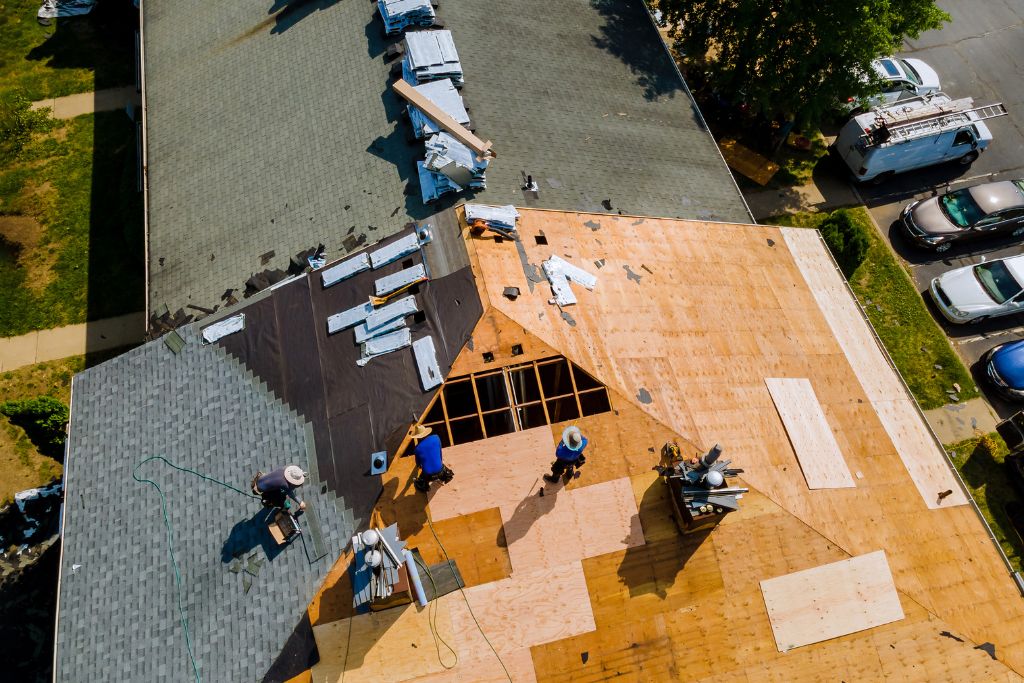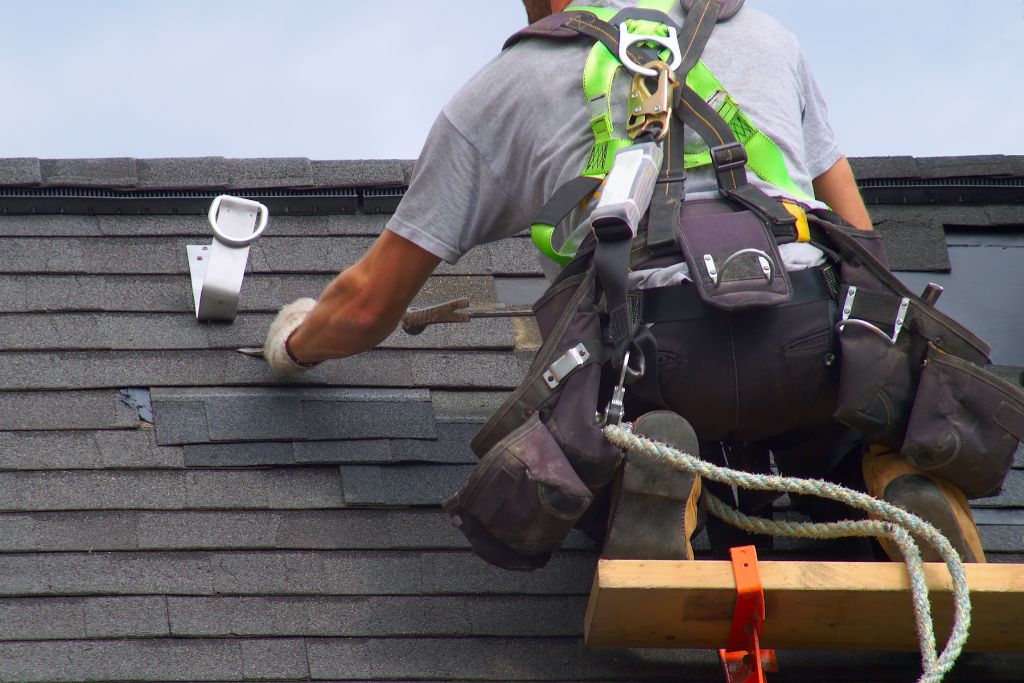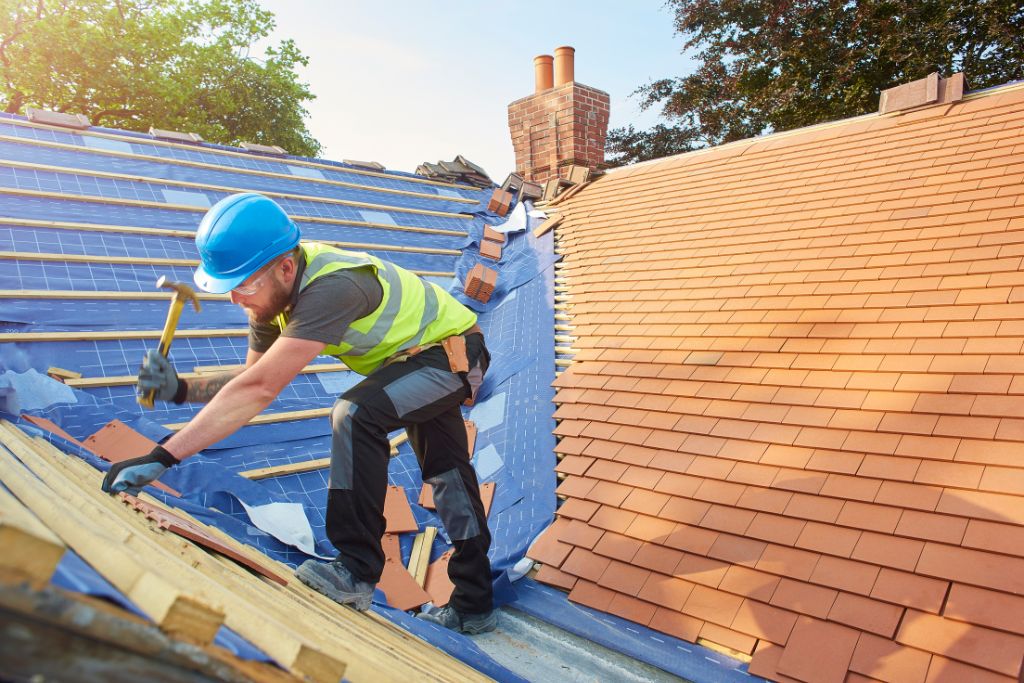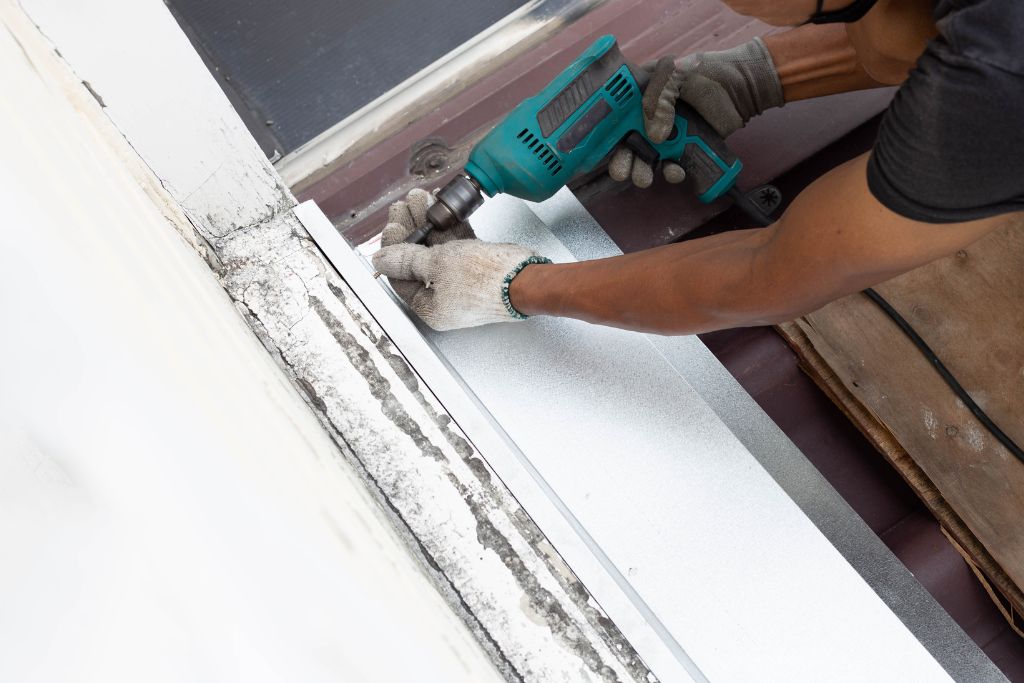A roof is a covering that protects the top of a building from rain, snow, sunlight, wind, and extremes of temperature. It can be flat, pitched, vaulted, domed, or in a combination of forms based on technical and economic considerations. It is important to understand when it is time to repair patch or replace your roof. Here are some things to look out for:
Damaged Shingles
The shingles on your roof are the first line of defence against the elements, including sun, wind and precipitation. When these shingles are damaged it can lead to leaks and problems inside the home. A professional roofing contractor will look at the extent of damage and advise on the appropriate course of action for the roof.
Most roofing contractors will recommend repairing any shingle damage. Replacing a single shingle is a fairly simple job if you have the time and are comfortable working on top of your roof. First, gently lift the shingle and break the sealant bond on the shingle above it. This will give you access to the nails keeping the shingle in place. Remove the nails and replace them with a new shingle.


This shingle has a crack that runs through several shingle tabs and appears to be caused by foot traffic, improper installation or thermal splitting. The left side of the crack looks depressed as if it was bent over a nail when the shingle was installed.
Curling Shingles
The shingles on your roof are an essential part of the integrity and structure of your home. They protect your home from the elements, boost resale value and curb appeal, and prevent leaks. However, over time they can deteriorate or become damaged.
As a homeowner, you may be noticing that the corners of your shingles are curling inward or upward. This is not only an eyesore for neighbours passing by, but it can cause further damage to the roof and infiltrate your home with moisture.


The most common reason for curled shingles is improper ventilation in the attic. Inside every home, warm, moist air is produced due to simply living and breathing, cooking, showering, running appliances, etc. This moisture should be allowed to escape through the attic, but if there is an issue with the ventilation it can lead to shingle curling. If this is the case, a professional roofing contractor should be called to inspect the area and determine the best course of action.
Roof Granules Wearing Out
A new roof is a significant investment for homeowners and should not be considered lightly. If you are unsure about whether or not to repair or replace your roof, a roofing contractor can help you determine the best course of action.
A thorough inspection by a roofing professional should be made before you decide to make any changes to your roof. The roofing contractor will assess the extent of damage, your home's occupants and the condition of your roof in relation to its overall structural integrity.


It is possible to patch a leaky section of a shingle roof as long as the damage is limited to an isolated area. However, the replacement shingles will need to be carefully colour-matched so as not to detract from the beauty of your home's exterior. In addition to examining the shingles, look closely at the plumbing vent boots and flashing. If they are rotted or missing, this may lead to water penetration and serious property damage.
Roof Leaks
A roof that leaks is one of the most serious and dangerous conditions a home can have. It can lead to rotted framing and sheathing, mould and mildew, destroyed insulation and ruined ceilings. Leaks are most often caused by improper sealing or corrosion of metal flashing.
When a leaky roof is detected, the first thing to do is minimize damage to the interior by setting up a large bucket or other container to catch dripping water. Then it is time to examine the roof. If the roof is in overall good condition but has suffered severe physical damage from a tree or extreme weather, it may only need patching to repair the damaged areas.


For more serious leaks, you can also try a more permanent solution. Slip a strip of adhesive ice-and-water barrier (available where roofing repair products are sold) under the soffit/main roof joint, then cover it with shingle overhang, making sure that it overlaps another piece of ice-and-water barrier laid below.
In "How to Know if You Should Repair, Patch, or Replace Your Roof," readers learn how to make informed decisions about their roof's maintenance. Storm damage severity is crucial. Professional roof inspections are preferable for this. "Why Should You Have a Professional Roof Inspection to Assess Heavy Storm Damage?" explains why a professional inspection is necessary after a storm. By linking to this article in "How to know if you should repair, patch, or replace your roof," readers can learn how professional inspections can help them accurately assess their roofs and make smart decisions about whether to repair, patch, or replace.
Written by VeniVidiVideo
Comments
This post currently has no responses.